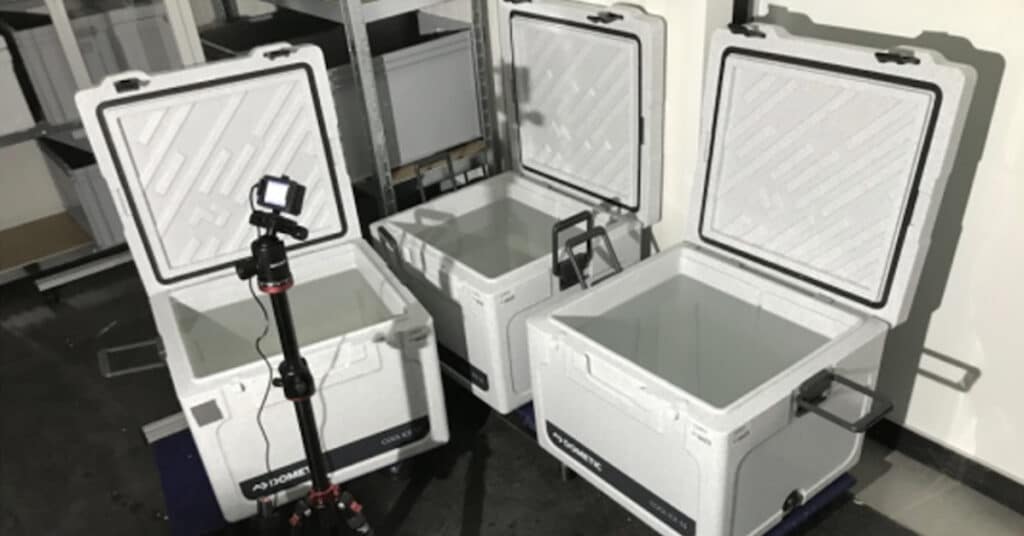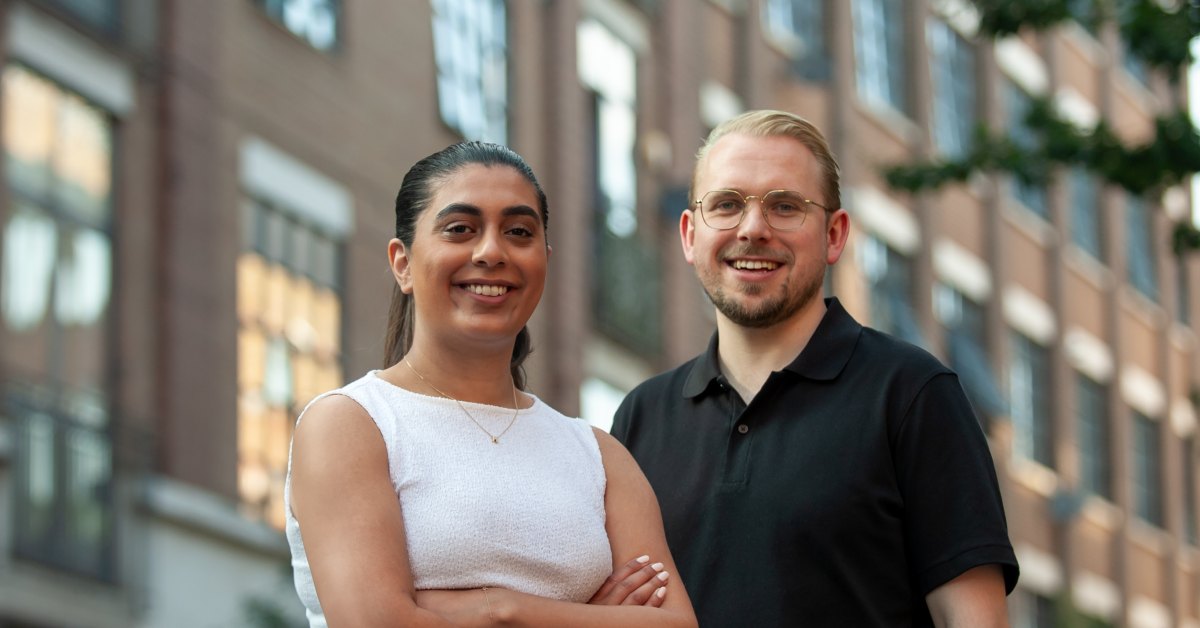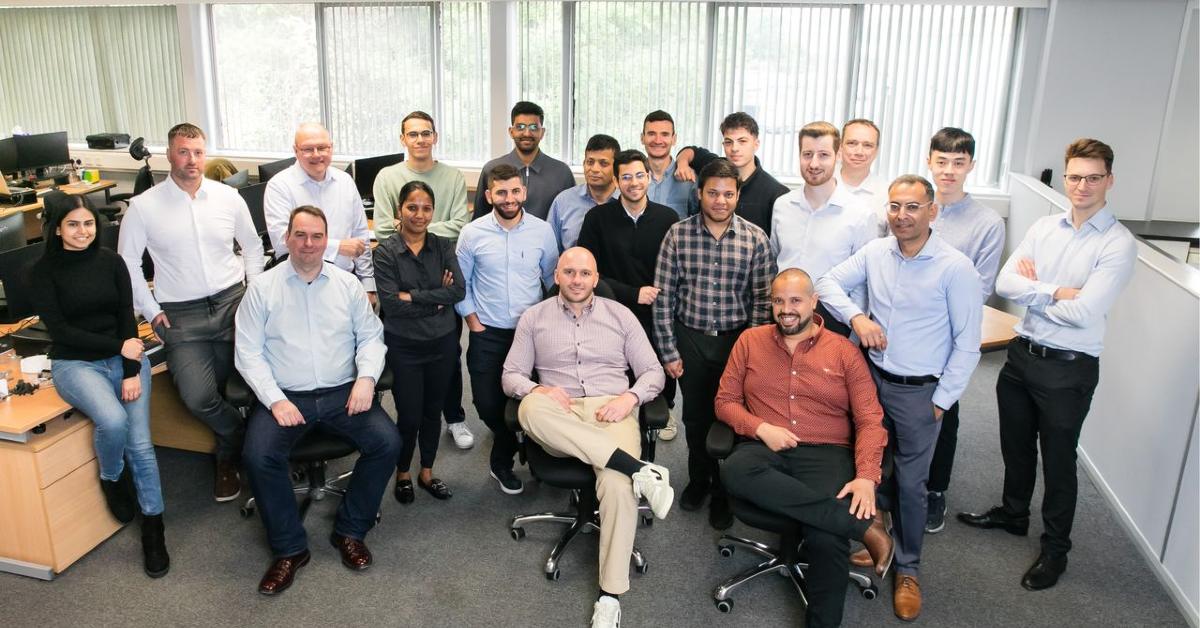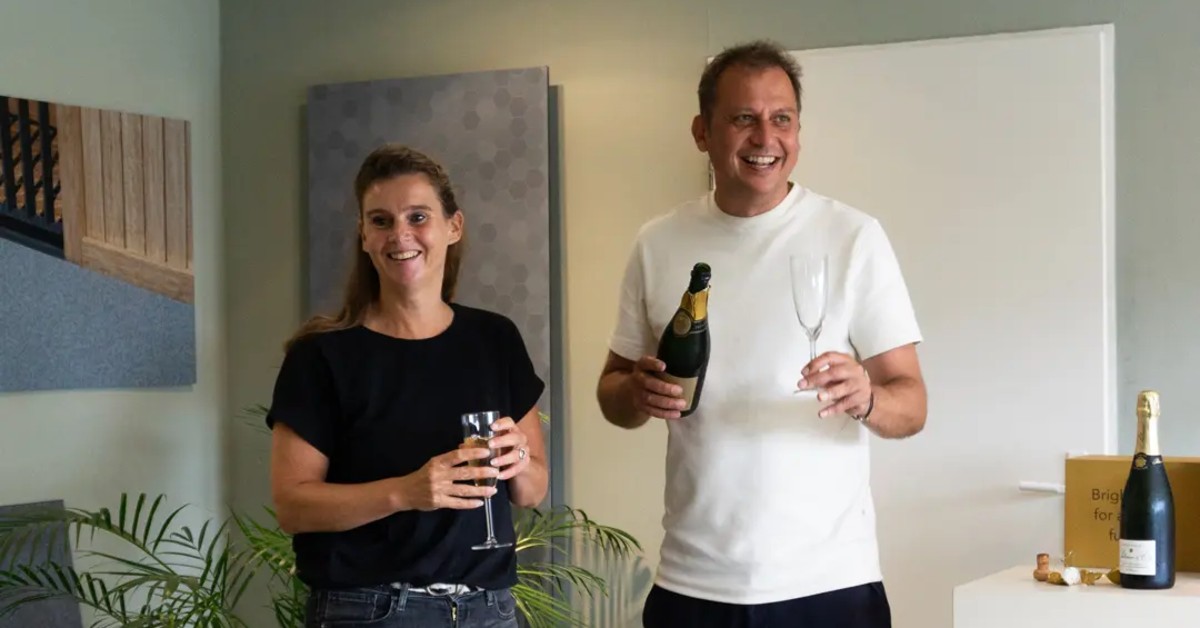Delft-based Arctic Reflections, a new venture led by Fonger Ypma, announced on Tuesday, May 9, its mission to address the concerning issue of rapidly melting Arctic sea ice and the subsequent escalation of global warming.
“We have a very bold mission: Regenerate Arctic sea ice to restore the natural solar reflectivity and slow down further warming,” says Foner Ypma in a LinkedIn post.
What do Arctic Reflections solve?
The alarming rate at which the Arctic sea ice is melting with a staggering 75 per cent loss in ice volume over the past four decades, has raised concerns about a potential ice-free summer in the next few decades, even under the most optimistic climate scenarios projected by the Intergovernmental Panel on Climate Change (IPCC).
The consequences of losing Arctic ice are dire, contributing to accelerated global warming due to the reduced reflection of solar irradiation, increased frequency of extreme weather events, and the potential release of massive amounts of currently frozen methane.
While the urgent need to reduce carbon emissions and actively remove CO2 from the atmosphere is unquestionable, there is also a pressing need to buy time by refreezing the Arctic to prevent the catastrophic feedback loops associated with the ice-free Arctic.
The method
In collaboration with Hayo Hendrikse and Laura van Dijke from TU Delft, Arctic Reflections has developed a simple yet effective solution – thickening the sea ice by pumping seawater onto the ice during the winter months to expedite ice growth.
The team’s approach involves creating ice at specific locations around the Arctic Ocean and then transporting it into Arctic waters using existing ocean currents.
By optimising the ice distribution process and using larger pumps, the researchers estimate that the number of installations required to save 100,000 square kilometres of ice could be reduced from thousands to just 100 to 1,000.

Replicating Arctic temperatures
According to Arctic Reflection, the team used a university cold room to replicate Arctic temperatures and filled a series of coolers with a combination of fresh water and the appropriate amount of sea salt.
This “ice lab” enables the team to test their hypotheses about ice growth under various conditions and different methods. The hypotheses validated in the lab will be tested in real Arctic environments during the upcoming field test.
The results of this test will be used to create the first demonstration installation in the Arctic, with the process continuously iterating until an effective method for thickening Arctic ice sheets is developed.
By implementing this nature-based, localised approach to combat global heating in the Arctic, the Dutch company aims to preserve a greater portion of the ice throughout the summer, effectively halting the decline in ice extent and volume.










01
From telecom veteran to Dutch Startup Visa success: The Jignesh Dave story